This is how metaverse can become a $5 trillion business by 2030
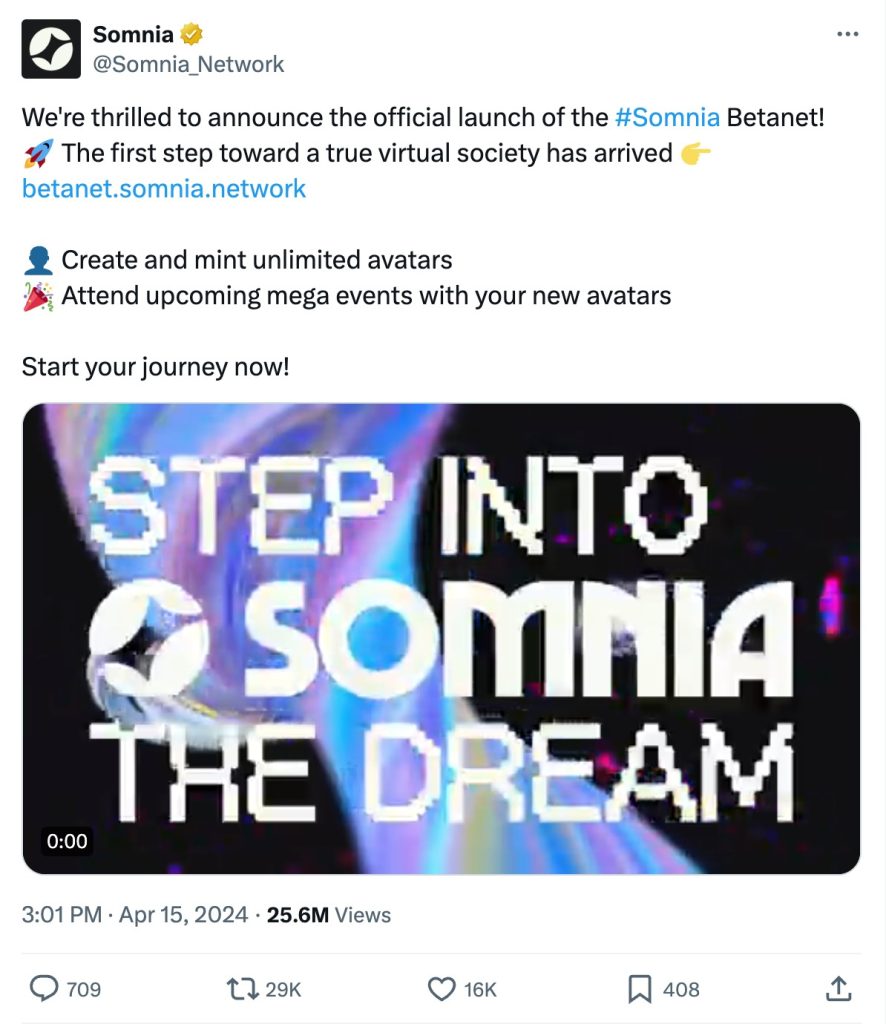
Backed by Web3 heavyweights, layer-1 blockchain aims to become the “metaverse computer” by unifying a scattered landscape.
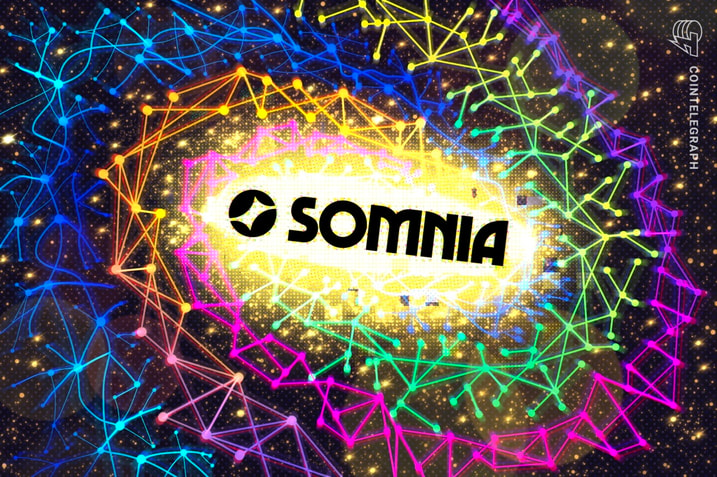

Since coming to prominence in 2021, metaverse has become a key component of introducing Web3 and crypto to the masses. While the concept of experiencing the same connected virtual world predates the Web3 era, the blockchain made it possible for the participants to become governors and stakeholders of the same virtual universe they live in.
Fueled by mainstream tech giants’ attempts to make metaverse popular in a Web2 fashion and technological advancements—such as high-speed internet and smartphones becoming tiny supercomputers—metaverse is expected to become a $5 trillion business by 2030.
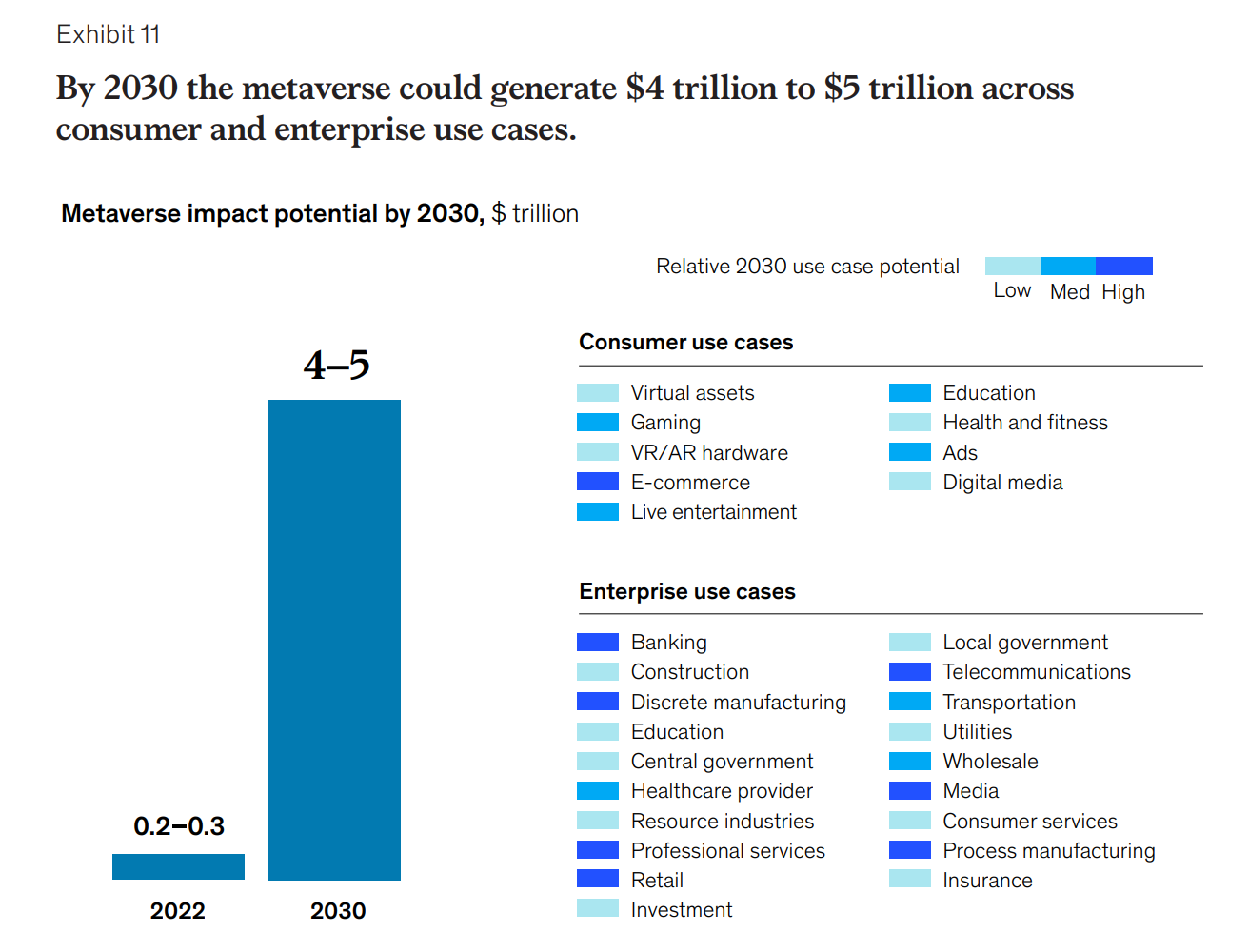
The consumer and enterprise use cases for the metaverse. Source: McKinsey & Company
Despite its massive potential, metaverse lacks a unified landscape to offer users a friendly experience. Over 160 companies are building their own metaverses across different blockchains and layers, and the lack of interoperability between networks creates a highly fragmented landscape for the metaverse.
Creators and developers are shackled by fragmentation
As it stands, the metaverse is divided into myriad separate, incompatible worlds — each functioning as its own closed ecosystem. This segmentation stifles the flow of innovation from the developers’ side while confining users and creators within the boundaries of individual platforms. Key assets like nonfungible tokens (NFTs) and Web3 game elements are locked within these siloed environments.
The consequences of this fragmentation extend beyond creative limitations, imposing substantial financial burdens on those who wish to build and offer experiences within the metaverse. Developing these digital landscapes and interactions requires a hefty investment, yet the primary financial benefits disproportionately favor platform holders rather than creators.
As the metaverse continues to evolve, the necessity for a framework that supports seamless interconnectivity and empowers creators becomes increasingly evident, suggesting a pivotal area for innovation and collaboration in the digital frontier.
‘Metaverse computer’ for unified ecosystems
Somnia is a layer 1 (L1) blockchain and a suite of omnichain protocols designed to create a scalable virtual society that can potentially attract millions of users into a unified metaverse. By unifying the fragmented metaverse, NFT and gaming landscape, Somnia seeks to give value and creative control back to the users and creators.
Unlike decentralized finance-focused blockchains, which are slow and expensive, Somnia is built from scratch to provide a unified metaverse experience. This results in an Ethereum Virtual Machine (EVM) compatible L1 network that supports hundreds of thousands of transactions per second at minimal costs.
Developed by the Virtual Society Foundation (VSF), a nonprofit organization initiated by Improbable and received initial funding from MSquared to operate as the “metaverse computer,” Somnia utilizes Improbable and Msquared’s experience to host the next wave of users in the metaverse.
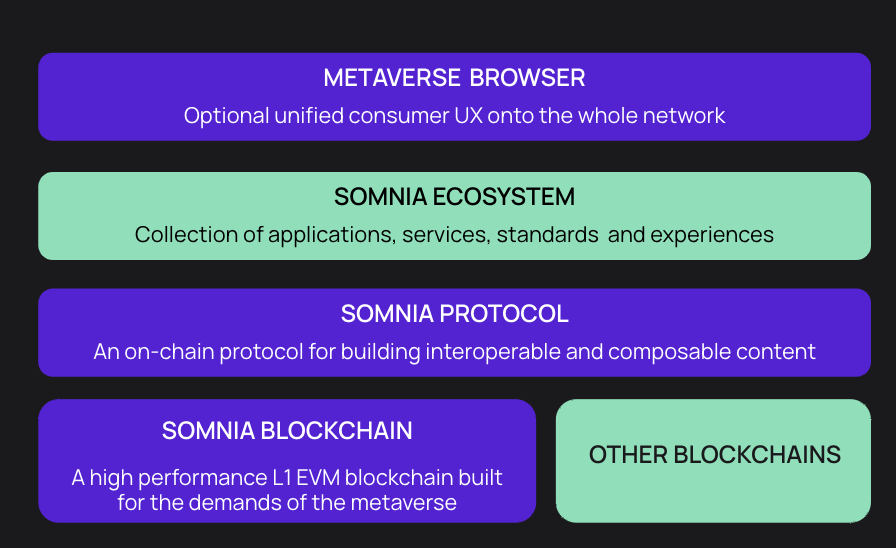
A full breakdown of the Somnia ecosystem. Source: Somnia
Creators can utilize Somnia’s toolkit to move assets, commerce and avatars across different experiences. The omnichain protocol enables creators to participate in a decentralized economic structure where accrued value benefits the actual innovators, incentivizing the development of new use cases while opening the door for community-driven governance.
Somnia helps users recompose or remix content and build on previous creations to make metaverse accessible to a broader audience. The project’s approach makes hefty projects like organizing a new metaverse event more affordable by enabling the reuse of components from previous events, such as stages, light shows or firework displays. The original creators of the used components can earn royalties through microtransactions, rewarding all stakeholders in true Web3 fashion.
Upgrading NFTs for metaverse
Since NFTs were born in a two-dimensional environment, many ultra-popular collections were not in the metaverse conversation besides standing as static profile pictures. Somnia addresses this by “upgrading” 2D NFTs to metaverse-friendly 3D objects. It allows NFT collectors to explore the metaverse as their favorite NFT character, potentially opening up the way for Pudgy Penguins and Cool Cats running around in a unified virtual space. Developers can also design metaverse themes based on ultra-popular NFT collections.
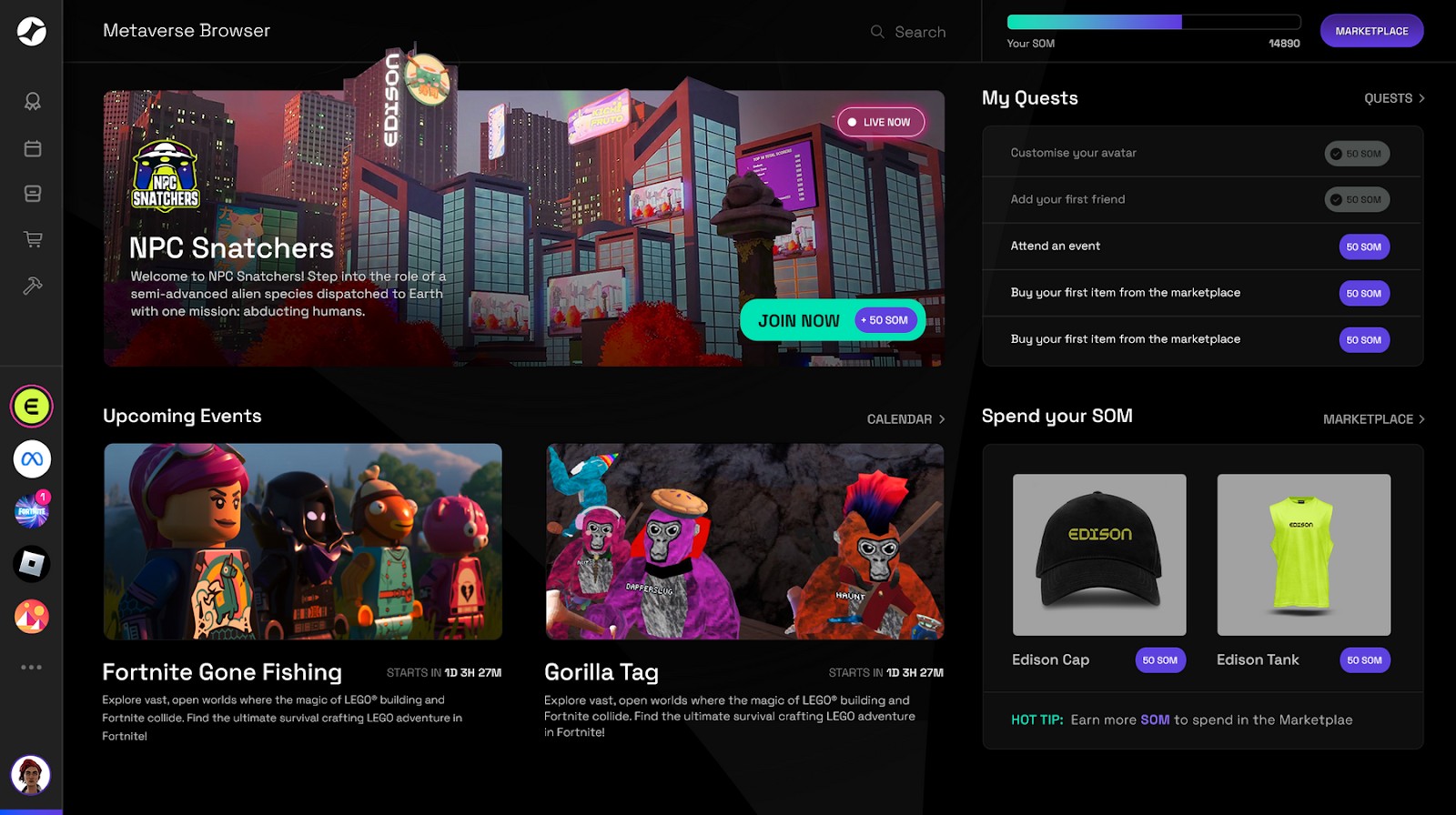
Somnia hosts a metaverse browser to offer an interconnected experience for users.
Somnia launched its betanet on Ethereum’s Sepolia testnet while developing an EVM L1 for millions of users. During the betanet phase, users can bring their digital identities into the Somnia Protocol by creating personalized avatars through a collaboration with Avaturn. These avatars will be compatible with worlds or experiences built on Somnia, empowering users to attend massive MSquared events like the Twice listening party and MLB Virtual Ballpark.
Virtual worlds, real economy
Somnia envisions the metaverse as a sprawling, borderless virtual society where opportunities for creators are limitless, and collaboration is no harder than having a conversation. According to the Somnia team, metaverses should be compatible and interoperable for better collaboration and a user-friendly experience without losing individual platforms’ independence.
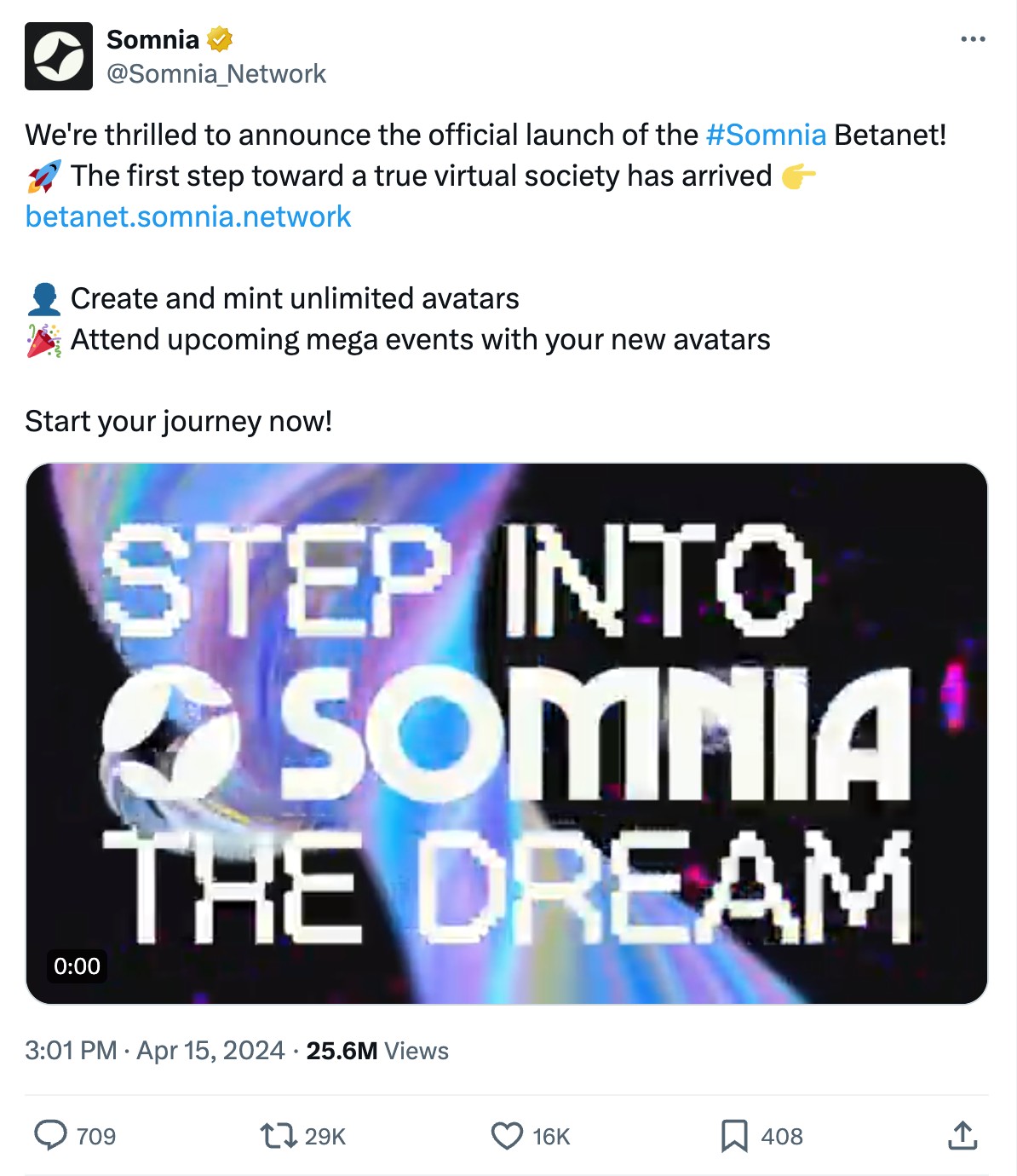
Source: Twitter
Somnia aims to set the groundwork for more democratic, open and interconnected virtual worlds where users and creators have an influence on governance and future development. The main goal is to empower the creator economy by building a virtual society where creators can thrive by fostering trade, commerce and innovation.

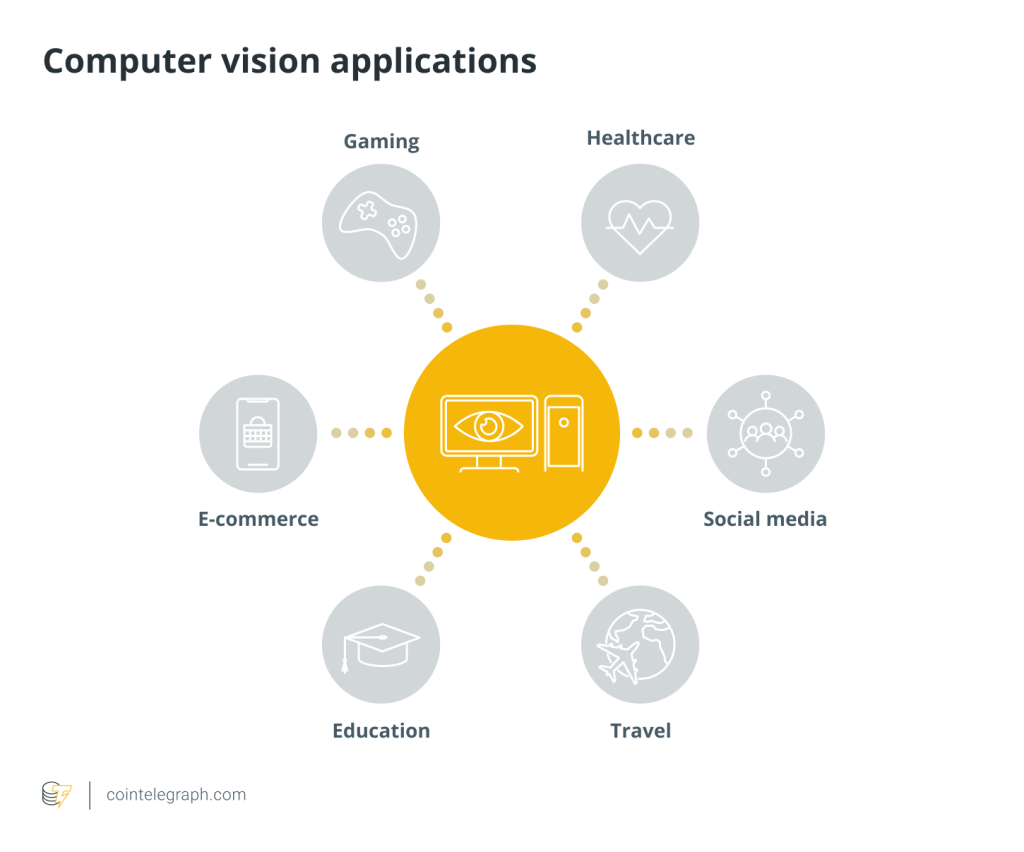
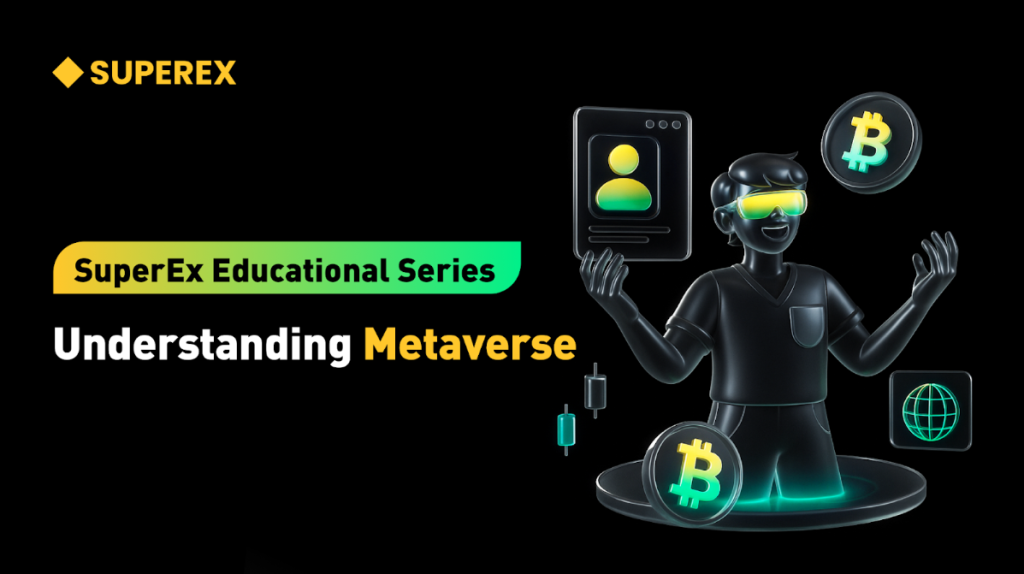
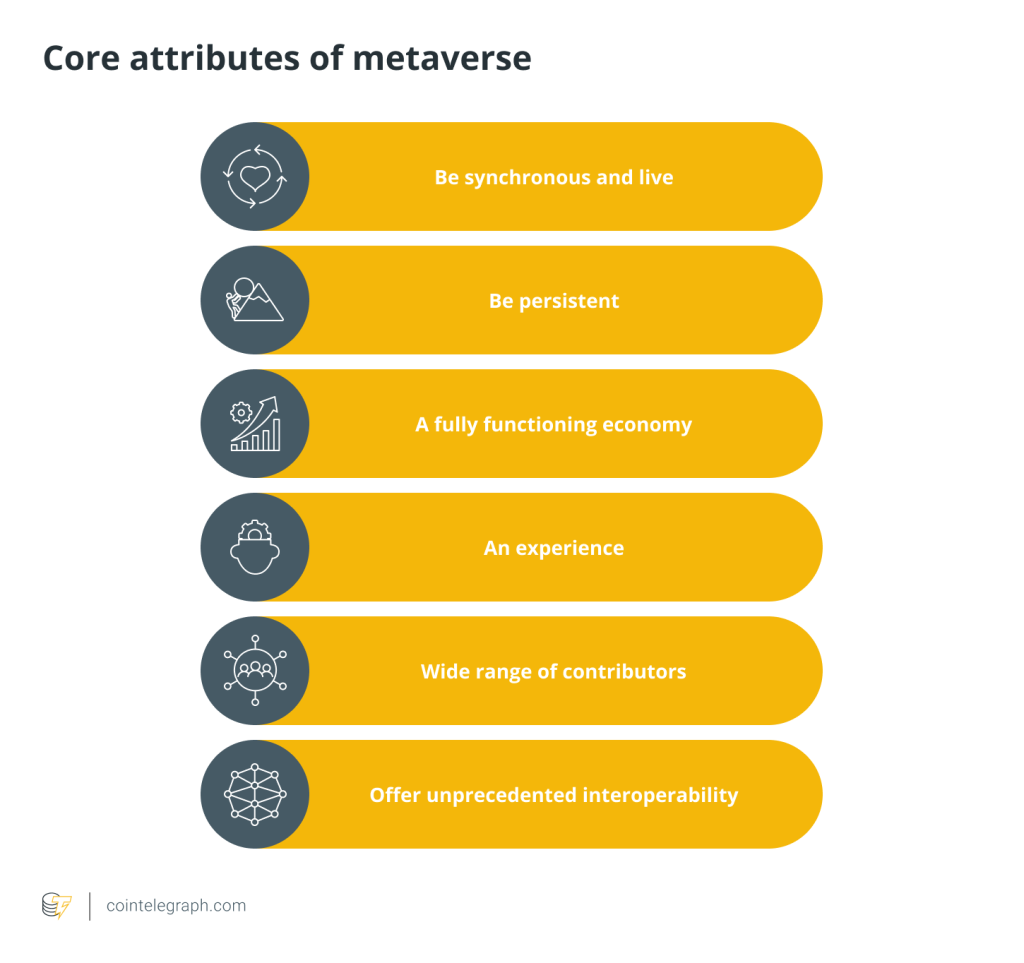
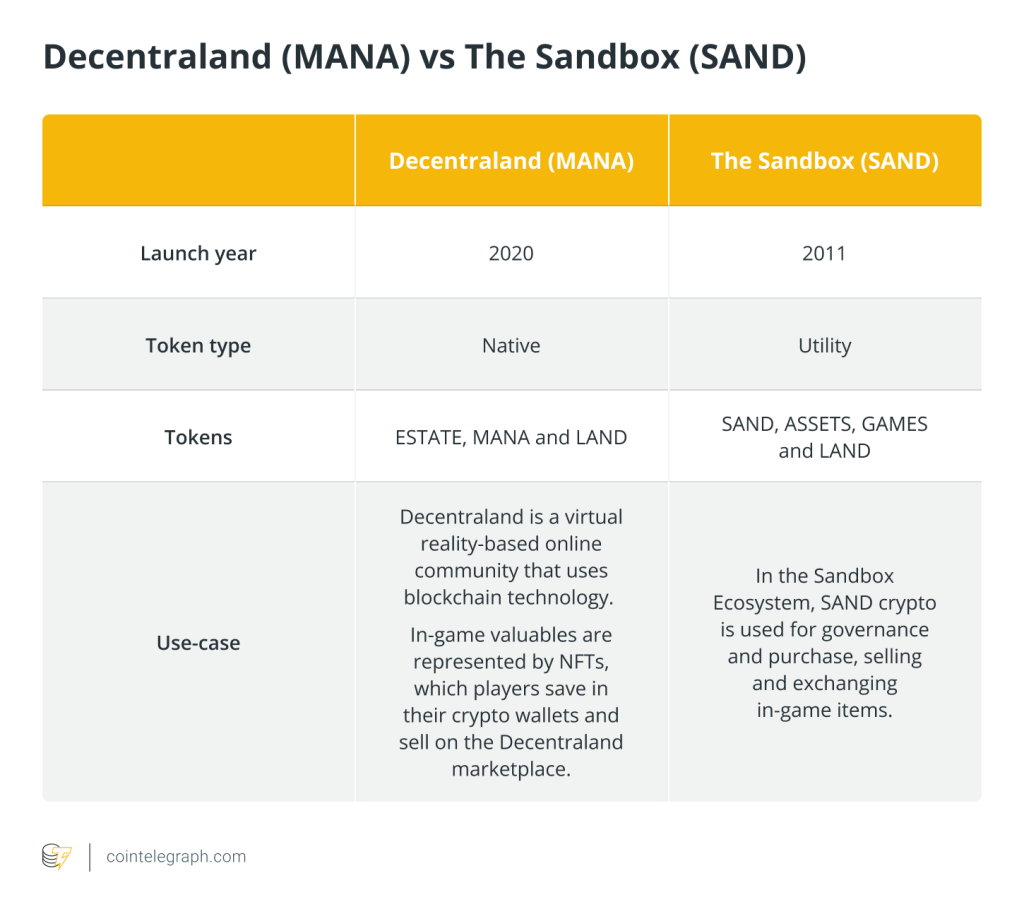
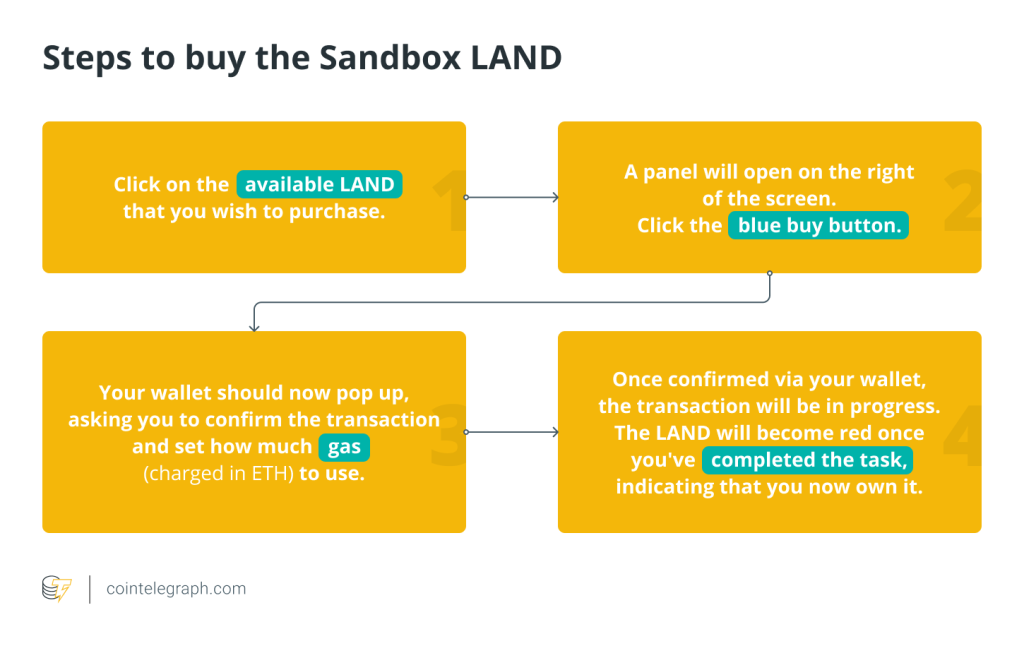
Responses